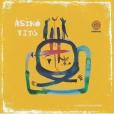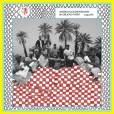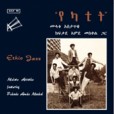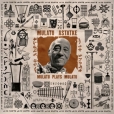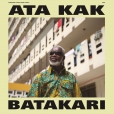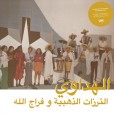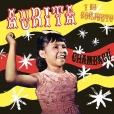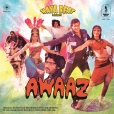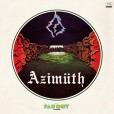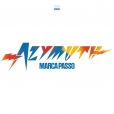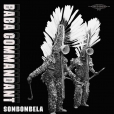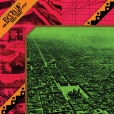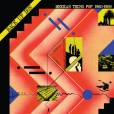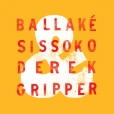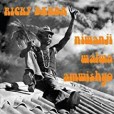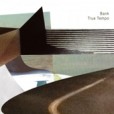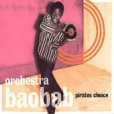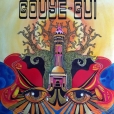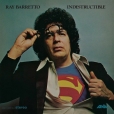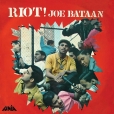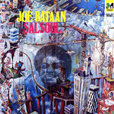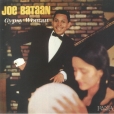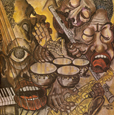Your basket is empty

The word from Mississippi…
‘Relentless polyrhythms, call and response vocal poetry, melodic and layered horns, flute, and even accordion!!! A huge and rich sonic landscape, propulsive, energetic, and deeply soulful.
‘Every neighborhood in Dakar has its own Assiko band. They’re community groups, open to anyone who wants to join, as opposed to the legendary griot culture that only allows select families to take part.
‘These hyper-democratic bands can kick off a thousand-person street party at any moment. But they also operate as mutual aid groups, neighborhood security, impromptu after-school programs, and repositories of local music and lore.
The Assiko Band of Grand Yoff neighborhood is led by Djiby Ly (Wau Wau Collectif), who takes his role in the community seriously. He’s led iterations of the band for over a decade, and describes in detail each rhythm they play, its roots, travels, and contours. This Assiko band is particularly prolific and popular, and these recordings remind me of a good rock band - loose and rangy, you can hear the humor and warmth amongst the bandmates come through.’
Driving, rawly soulful kologo music from northern Ghana, propelled by double-stringed lute.
African Head Charge front man Bonjo Iyabinghi Noah guests.
Putoo Katare Yire, Wickedness Has No Home.
Terrific.
‘From mutant drum machine beats to irresistible synthesizer hooks, fans of the fringes of the 80s will find songs to stir their cold, dark hearts. But Back Up Dos does more than mine retro kitsch: it documents the development of a rich DIY music scene that is still under-explored. As affordable samplers and digital synths spread throughout the decade, post-punk and new wave gave way to more aggressive EBM and cyberpunk sounds. The scene also developed in opposition to the political climate of the times: the rise of the drug cartels and a reactionary turn in national politics. Using home recording techniques, these bands took cues from the electronic wizardry of the Human League and Wax Trax Records while reflecting the vibrant and chaotic Mexican cultural landscape of the era. On Back Up Dos, impeccable pop anthems from Casino Shanghai and Los Agentes Secretos sit alongside gnarled obscurities from Ford Proco and María Bonita, showcasing a decade of sly deviance and enthusiastic experimentation. This album comes housed in an 80s-inflected neon sleeve designed by Gwenael Rattke and includes a 12-page booklet with photographs, lyrics, and notes. Back Up Dos compiles synthetic music produced in Mexico at the crossroads from Tecno Pop to Post-Industrial, nourished by culture shock and stories of dystopian worlds.’
Deep, intrepid, alchemical communion between West African kora and European classical guitar.
‘It’s a remarkable album,’ says Lucy Durán. ‘It’s the furthest away that Ballaké has gone from his own idiom and it’s brilliant. Not world music, it’s in a totally different realm, entering new territory.’
‘New, cool, melodic, funky pop from Japan. Six irresistible new songs from veteran members of 90s Tokyo underground pop bands like Love Tambourines, Arch and Bridge, with roots in 80s dance music, the funkier elements of post-punk and the Factory Records roster, and groups like Young Marble Giants and Weekend.’
With delirious Latin jazz dancers like Latin Strut and Aftershower Funk… and a Spanish-language version of Ordinary Guy.
